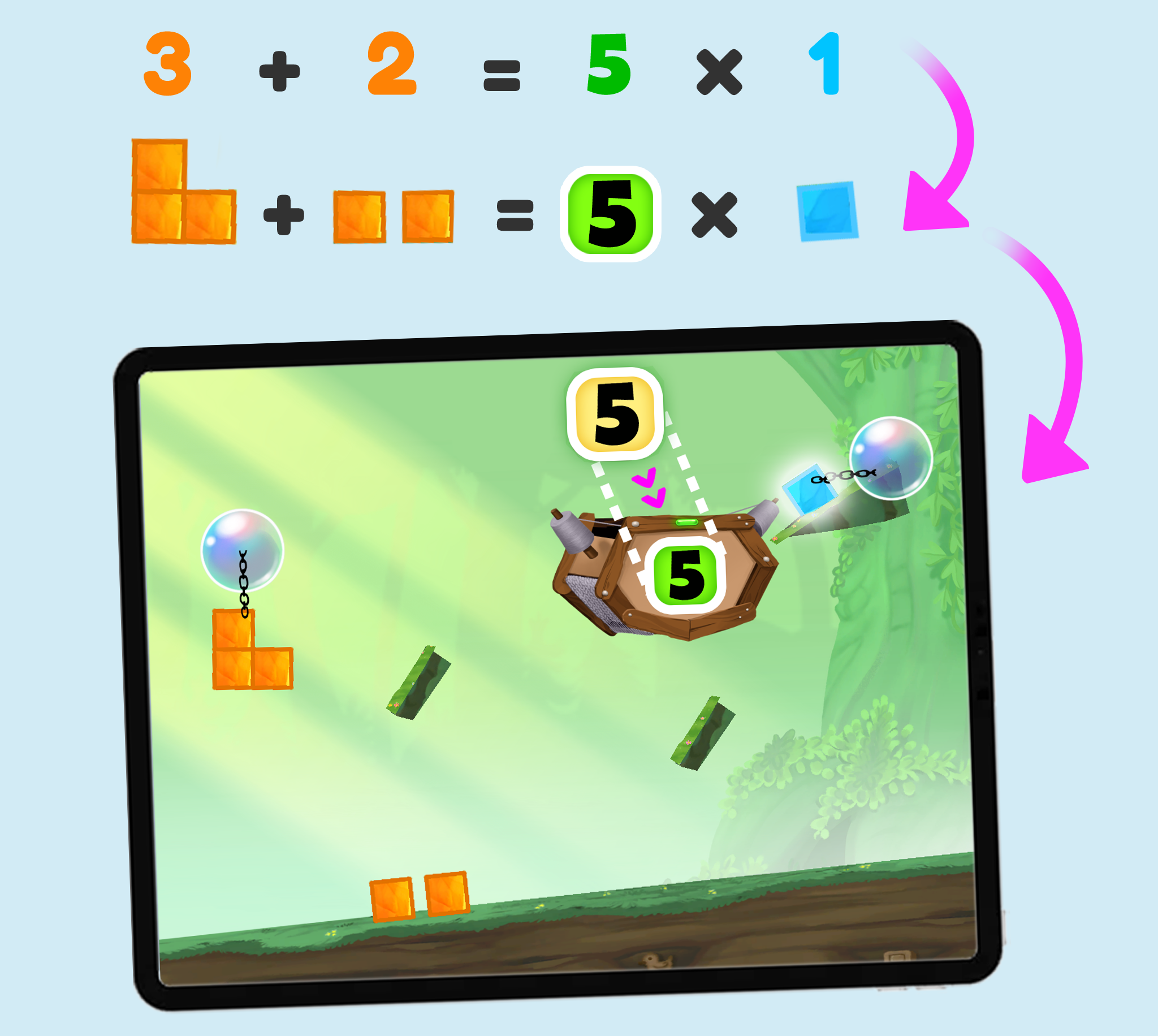
We don’t introduce math right away
In the first few levels of the Introduction and How to Play sections, we introduce how the game works. This gives kids time to understand Math Maker’s gameplay mechanics, and familiarize themselves with the Math Makers universe. Once they’ve mastered the basics of the game, they’ll begin the Counting section, where we gradually add math.
In our 10+ years of math game development, we’ve realized that if the kids care about the game and the universe, then when the universe gives them math, they’ll be immersed enough to solve it.
Our Teaching Credentials
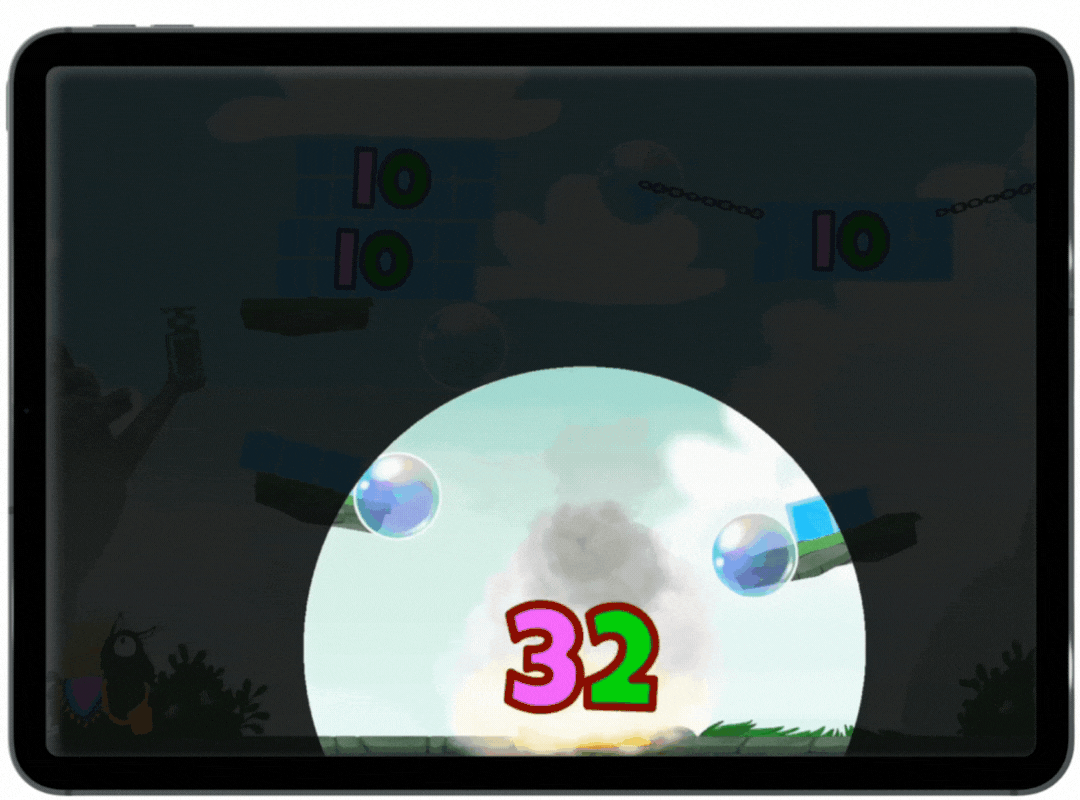
Mistakes are Valued
There is no penalty for making a mistake. In fact, we encourage it.
Many of our levels appear to have an obvious solution at first, only it doesn’t work when the kid tries it. We designed these levels specifically so that your child makes mistakes. This encourages them to re-evaluate their solutions, develop critical thinking, and try something new, all keys to developing a growth mindset. Additionally, when a child makes a mistake, and then works out a new solution, they are more likely to remember it than if they had succeeded on their first attempt. Your child can also restart a level anytime, and replay it as many times as they want. If they fail several times in a row, we’ll drop in clues to help them out.
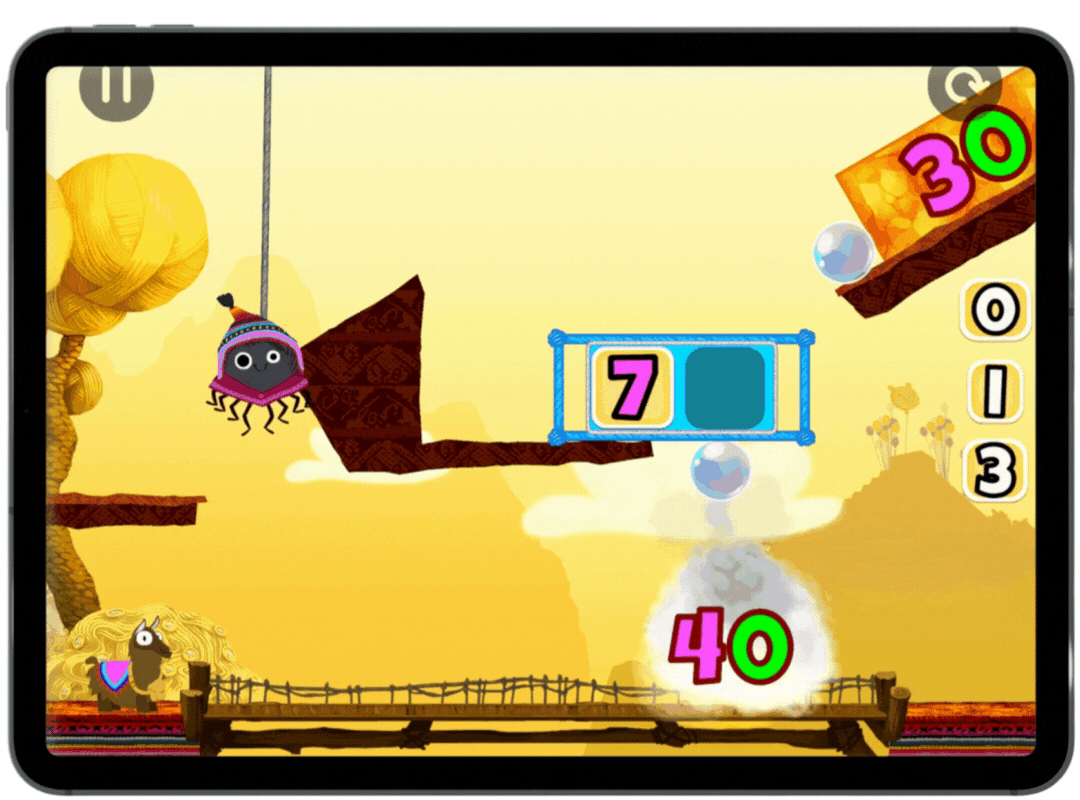
Self-Paced Learning
In Math Makers, there is no time limit.
Your child can take their time figuring out each puzzle at their own pace, and even replay puzzles multiple times to solve them in different ways. Many games have a timer, or time limit, which adds unnecessary stress to a kid’s learning experience, and can often act as a barrier to it.
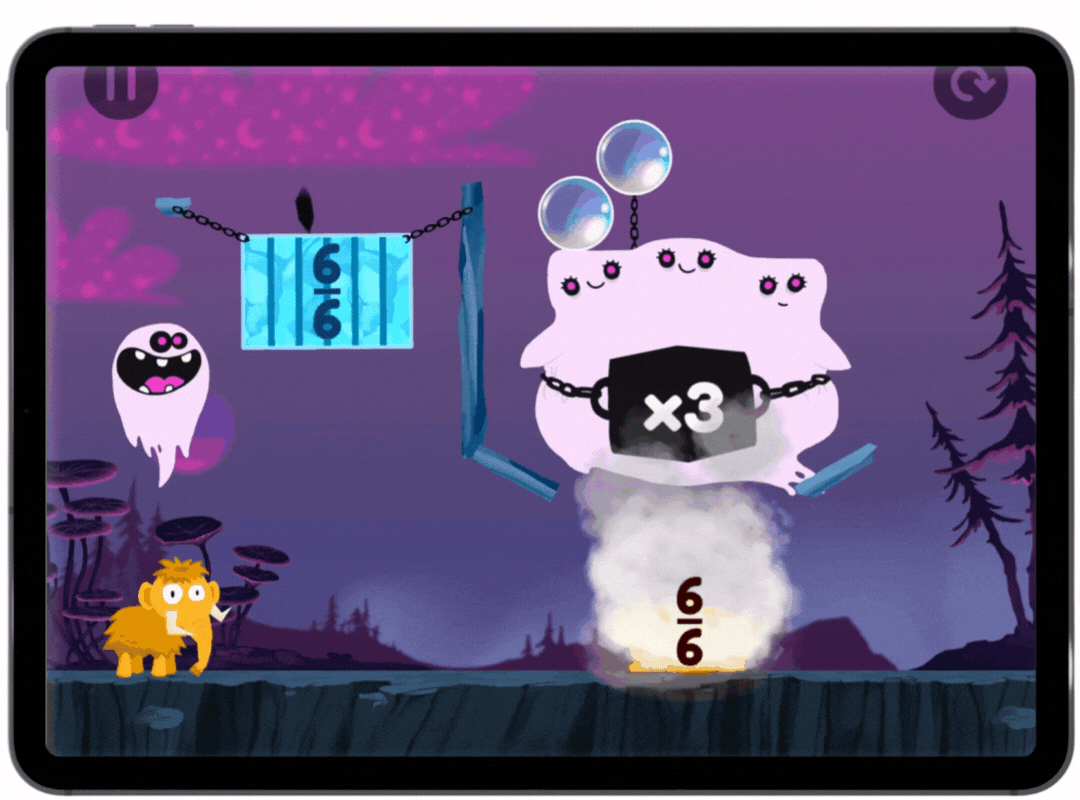
Multiple Visual Math Manipulatives
Each math concept taught by Math Makers follows a different visual model.
For instance, fractions are taught with an area model. The players are presented with shapes, divided into equal parts, and can therefore form a mental construct of what fractions represent. Multiplication is taught with machines that represent multiplication as repeated additions, subtraction is shown by having ice and lava blocks canceling each other, and so on.
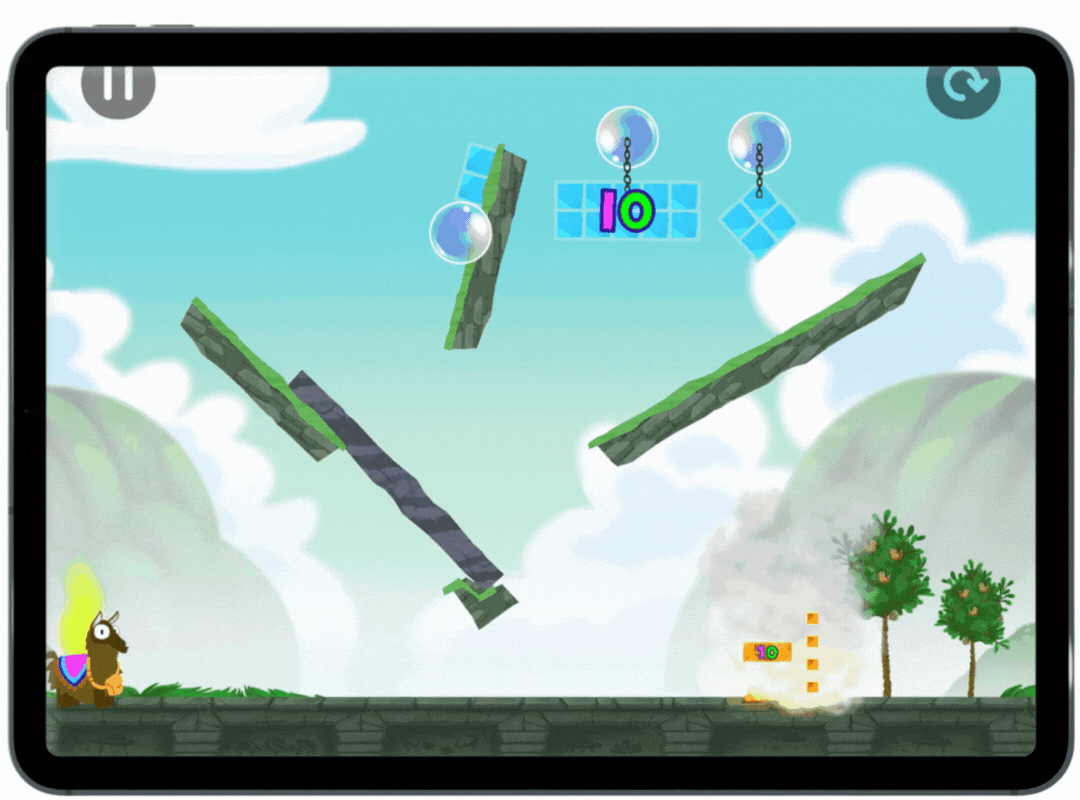
No Need to Read
Some children find it difficult to process many words telling them what to do, or explaining concepts to them, especially if they’ve just begun to read (or can’t read yet!).
Math Makers doesn’t use language at all, relying on the actions of our characters and the visual cues to help kids understand how to play. This effectively removes the language barrier, immersing your child directly into the gameplay and subsequently the puzzles of Math Makers.
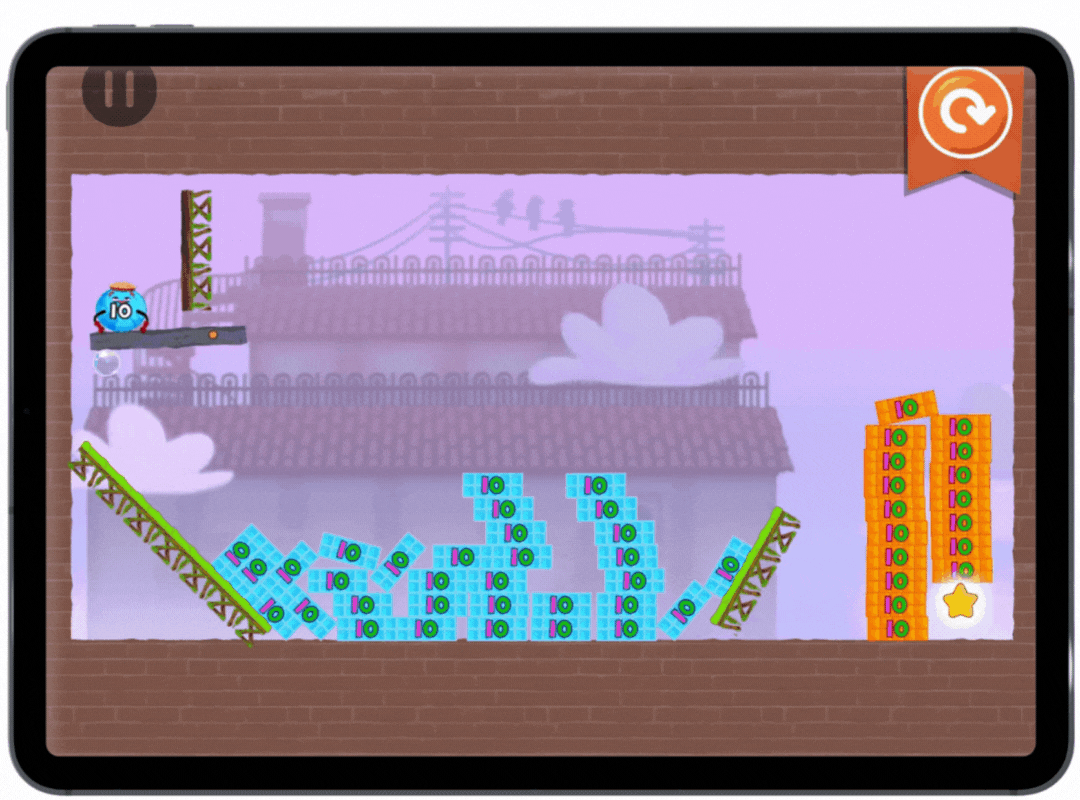
Being Creative with Math
Our Creative Mode allows kids to create their own problems and puzzles that other kids can solve.
In the immortal words of Frank Oppenheimer, “the best way to learn is to teach”!
